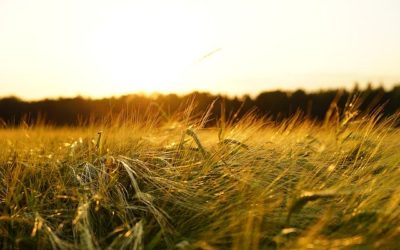“Every year we have the challenge of finding profitable crops to grow. The first step in crop planning is determining the various costs of production,” says Harry Brook, crop specialist at the Alberta Ag-Info Centre. “By knowing your total production costs, you can determine where the combination of crop yield and price becomes profitable.”
Brook says it is extremely important to select crops that are profitable and acceptable to both the producer and their banker. “Why grow something that guarantees a loss? Anyone can make money at $14 per bushel canola, but what about at $10 with a less than average yield? You can’t grow canola all the time. Once the production costs are all known, you can then use them as a tool to find cost savings without foregoing too much yield.”
With any new crop you try, Brook suggests to start small. “Use the first year as a chance to learn the agronomics and particulars of the new crop. When growing a niche or small acreage crop, it is imperative to get a contract first before you grow it. You need to know there is a home for it.”
“When there was significant acreage of borage in 2005, contracts only accounted for a small part of the crop. It took a long time to find a home for the majority of it. With hemp, Health Canada requires paperwork before you can grow it. All harvest seed must be sold to the company you bought your seed from.”
“If production contracts are not available, take that as a sign it may be hard to sell and not be readily marketable. You also need to consider the storability of that crop. Not every crop can be stored in the bin for extended periods, in good condition.”
Pulse crops are valuable to grow for their reduced fertilizer requirements and the additional benefits for following crops as they extract nutrients from the crop residue. Says Brook, “Peas, lentils, and faba beans all provide a nitrogen benefit and have established markets. However, last year’s trade issues with India have dropped the price of peas and lentils, making those less profitable.”
“Peas are grow throughout the province, but there are issues related to standability. Lentils grow best in the brown and dark brown soil zones. Faba beans will grow well in the black and grey wooded soil zones but they take a long time to mature and should be seeded early.”
Brook notes that there are two distinct and separate markets for faba beans. “The low tannin faba beans are almost totally marketed to the hog industry as a soybean replacement. There is also a human consumption market for the high tannin varieties of faba beans. Insect pests can be a problem with quality, as sucking insects mark the seed. Markets are up and down and you need to assure yourself there is profit from growing them.”
Despite planning, certain crops become more profitable due to marketing situations and Brook uses barley as an example. “It did not look very profitable last year at this time, but it now looks to be the most profitable crop some producers grew in 2018. Barley has gained about $.70 per bushel over prices last year.”
Above all, Brook advises caution. “Become informed on issues related to any new crop – both for growing and marketing. Talk to people who already produce it. Crunch the numbers on anticipated costs and returns to make sure the experiment does not end up costing too much. Learn from other’s mistakes, and try not to make your own.”
“By taking care of the details when planning cropping changes, you can do everything you can to make ensure a profitable outcome, and not just a bill for the education.”
Source: Government of Alberta





